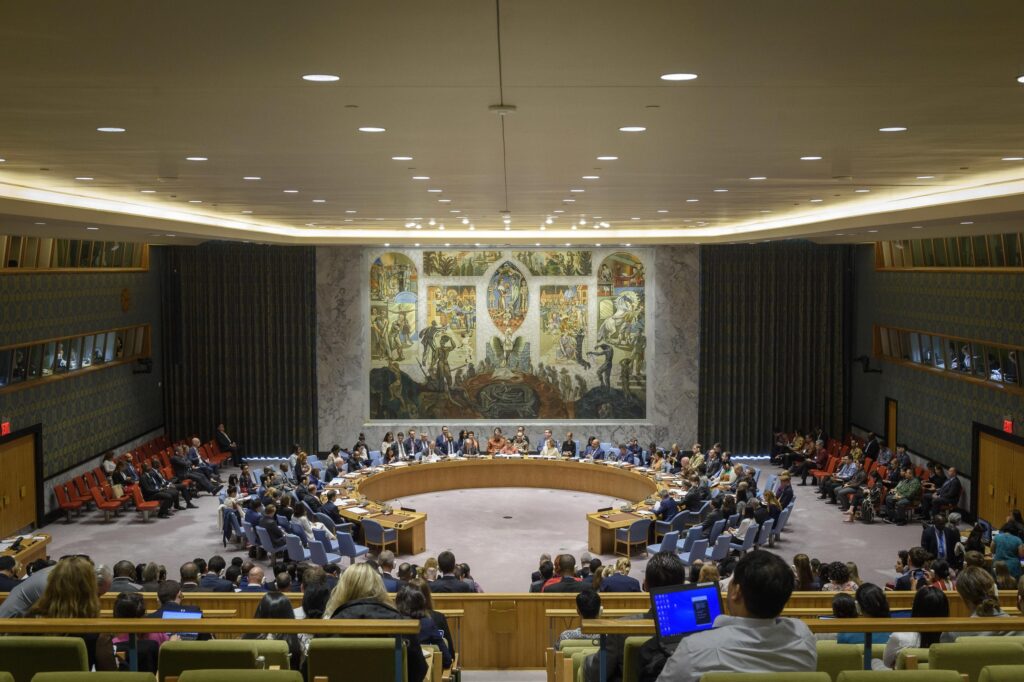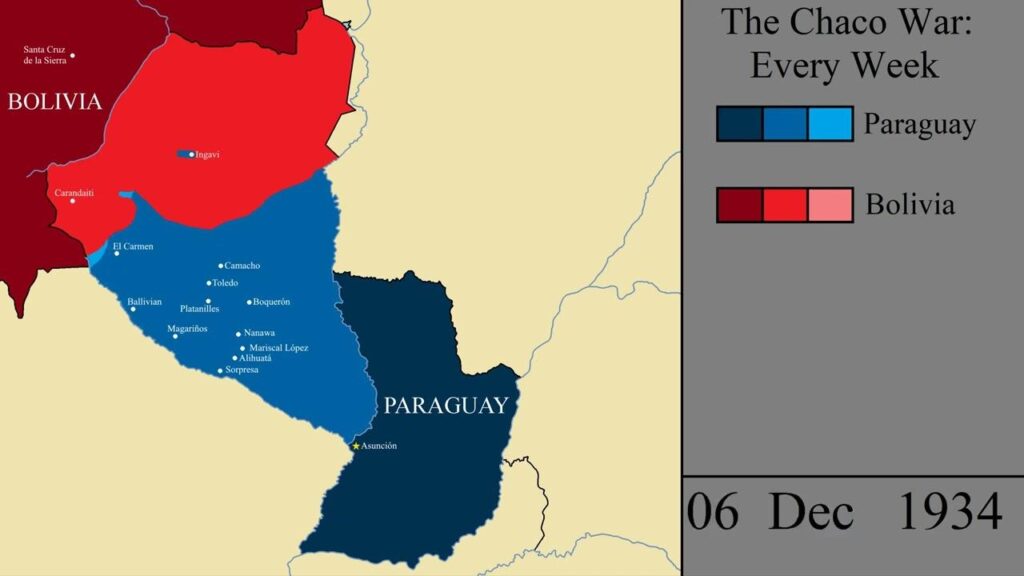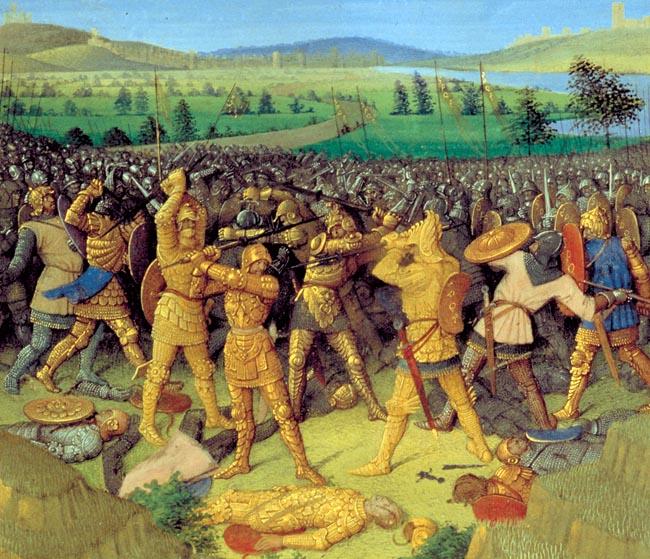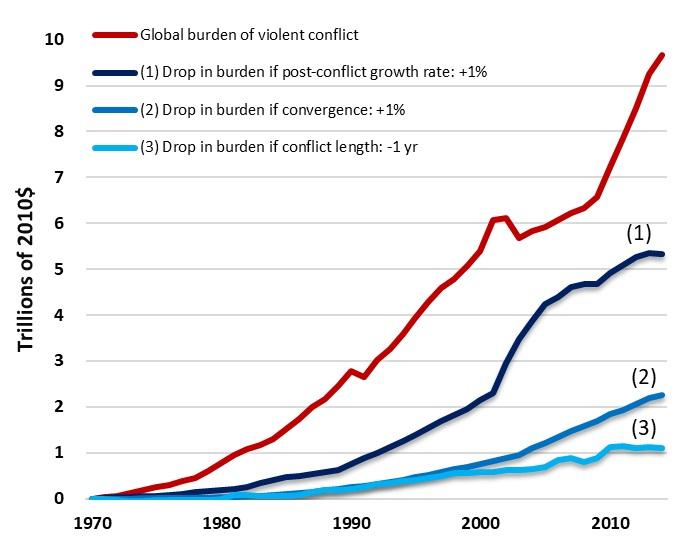War movies have long been a staple of cinema, captivating audiences with their intense battles, heroic moments, and dramatic stories. But beyond the thrilling explosions and heroic last stands, these films play a much bigger role in shaping how we think about conflict, bravery, and even the causes of war itself. Whether it’s a classic World War II epic or a modern-day battlefield drama, war movies influence our perceptions of who the “good guys” and “bad guys” are, what it means to be a soldier, and how wars impact the people involved. In this blog, we’ll dive into the fascinating ways war movies shape our understanding of conflict—sometimes inspiring, sometimes skewing reality, but always leaving a mark on how we view the complexities of war.
Table of Contents
- How War Movies Influence Our Perception of Heroes and Villains
- The Role of Realism and Hollywood Drama in Shaping Opinions
- Why War Films Often Oversimplify Complex Conflicts
- Tips for Watching War Movies with a Critical Eye
- Insights and Conclusions
How War Movies Influence Our Perception of Heroes and Villains
War movies often cast heroes and villains in stark, black-and-white roles that simplify the complex realities of conflict. These films tend to celebrate the courage and sacrifice of their protagonists, painting them as paragons of virtue, while the antagonists are portrayed as embodiments of evil. This clear demarcation influences audiences by instilling admiration for certain ideals and disdain for opposing forces, often without encouraging reflection on the moral ambiguities or the human cost experienced by all sides. As a result, viewers may develop a deeply ingrained, one-dimensional perspective that blurs the nuances of real-life conflicts.
Moreover, war movies create a powerful emotional connection to the characters, shaping our collective memory of historical events. Through heroic narratives and dramatic storytelling, these films often reinforce stereotypes and nationalistic pride, which can be seen in:
- The glorification of combat and valor.
- The simplification of enemies into faceless threats.
- The emphasis on personal sacrifice as a noble act.
These portrayals contribute to how society defines heroism and villainy in a war context, sometimes perpetuating myths that influence attitudes towards current and future conflicts. Ultimately, war movies do more than entertain—they shape our understanding of who we root for and who we condemn in the narratives of battle.
The Role of Realism and Hollywood Drama in Shaping Opinions
War movies walk a fine line between authenticity and entertainment, blending gritty realism with the heightened drama of Hollywood storytelling. This unique combination has a powerful grip on audiences, often serving as a primary lens through which many people understand the complexities of conflict. When realistic elements like raw battlefield conditions, historical accuracy, and authentic soldier experiences are paired with the dramatic tension of character arcs and emotional stakes, viewers don’t just watch—they feel the war. This emotional engagement shapes opinions by making the abstract horrors and triumphs of conflict deeply personal and relatable.
Many films also utilize specific storytelling techniques to influence perceptions:
- Heroic Narratives: Portraying soldiers as noble and courageous can foster admiration and respect, often highlighting sacrifice and patriotism.
- Moral Ambiguity: Some movies introduce ethical dilemmas that challenge black-and-white views of war, encouraging viewers to question motivations and consequences.
- Visual Realism: Graphic imagery and meticulous set designs immerse audiences, making the experience vivid and memorable.
Together, these elements craft a compelling story that can influence public perception, stirring empathy, validating political viewpoints, or even prompting critical reflection on the nature of conflict. Far from mere entertainment, war films play a significant role in shaping cultural conversations around violence, heroism, and the cost of war.
Why War Films Often Oversimplify Complex Conflicts
War films often condense the intricacies of actual conflicts into digestible narratives, which can lead to a somewhat black-and-white portrayal of events. This simplification is partly driven by the need to keep audiences engaged within a limited runtime, pushing filmmakers to focus on clear heroes and villains rather than the messy, ambiguous reality of war. The demand for dramatic tension and emotional resonance often sidelines the broader geopolitical, cultural, and historical contexts, which are crucial to fully understanding why conflicts arise and how they evolve.
Moreover, war movies tend to rely on familiar tropes and storytelling structures that are easy to follow and emotionally impactful. These include:
- Heroism and sacrifice: Emphasizing individual acts of bravery often overshadows the collective experiences and the moral complexities soldiers face.
- Good vs. evil narratives: Simplified binaries can make the story more accessible but often ignore the conflicting interests and nuanced motivations on all sides involved.
- Action-driven plots: Explosive battles and intense combat scenes attract viewers but can eclipse the underlying causes and long-term consequences of war.
In embracing these narratives, war movies shape public perceptions in powerful ways, sometimes at the expense of a deeper, more accurate understanding of conflict.
Tips for Watching War Movies with a Critical Eye
Watching war movies with a discerning mindset enriches your understanding beyond the explosions and heroics. Start by questioning the perspective being presented. Whose story is the film telling, and whose voices might be missing? Pay attention to the portrayal of both sides in the conflict—are they humanized or reduced to stereotypes? Recognizing these choices helps reveal the director’s underlying message and biases, encouraging you to see the war not just as entertainment but as a complex human event shaped by many narratives.
Another helpful approach is to keep a critical eye on the film’s historical accuracy and use of symbolism. Consider these tips while watching:
- Fact-check key events you see on screen against reliable sources.
- Notice recurring motifs (like flags, music, or color tones) that influence your emotional response.
- Reflect on the character archetypes—are they one-dimensional heroes or flawed humans?
By actively engaging with these elements, you transform from a passive viewer into an insightful observer, better equipped to understand how war movies shape public perception of real conflict.
Insights and Conclusions
In the end, war movies do more than just entertain—they shape our ideas about conflict, heroism, and humanity itself. Whether they ignite a sense of patriotism, spark critical reflection, or simply offer a gripping story, these films influence how we see the realities of war beyond the battlefield. So next time you watch a war movie, take a moment to think about the perspectives it’s presenting and the impact it might have on how you understand conflict. After all, what we see on screen often leaves a lasting impression on how we make sense of the world around us. Thanks for reading, and here’s to watching—and thinking—a little more thoughtfully!












